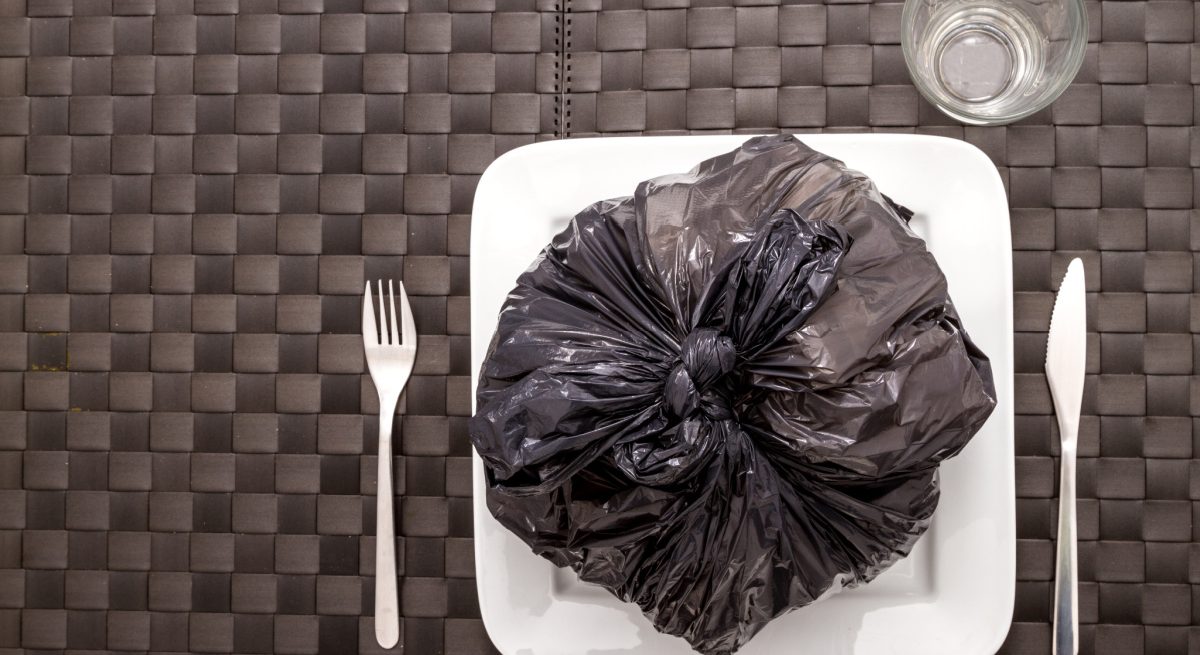Four Steps to Manage Restaurant Waste
3 Min Read By Angela Johnson
Waste management is one of the challenges affecting the restaurant industry. Research from the University of Arizona shows that fast-food restaurants waste 9.55 percent, while full-service restaurants waste 11.3 percent on average.
Considering that the cost of food is the second-largest expense in the restaurant industry, these numbers translate to hundreds of dollars in wasted revenue each day. But costs aren't the only problem here; more waste means more hauling fees, landfill fees, increased equipment costs, and more.
Another statistic from the Environmental Protection Agency show that single-use items, containers, and packaging waste alone contribute over 23 percent of the material reaching landfills in the U.S. Even worse, this problem has been amplified by the increased demand for takeout and delivery during the pandemic.
Best-in-class restaurants are now responding to this challenge: working with consultants and waste management companies to rethink their waste management strategies. We've identified the four steps you need to manage your food wastes, cut unnecessary spending, and move from old, uneconomical practices to green-restaurants best practices.
1. Map Your Goals
If you want to reduce waste production, plan your waste management and increase profits, you should start by mapping your goals. Whichever your specific goals are, they will fall under one of the following categories: reduce waste production, reuse and recycle. These three goals are sequential; for example, you should start by reducing the amount of waste produced for the other two goals to make sense.
For each goal, identify what needs to be done to achieve the expected results. Therefore, you should start by monitoring waste production before consolidating your efforts.
2. Track and Analyze Waste Produced in Your Restaurant
Unless you know how much waste your restaurant produces per day, taking any initiative will be counter productive. The idea is to know which types of food end up in the trash bins in large quantities than others. This way, you can go back and work on the supply and demand metrics.
You can also consult your employees and customers when doing the waste audit. This will give you an idea of how much serving is enough and beyond what scale will go to waste. With this data, you can track your daily or weekly invoices and even check the expenses that result in more waste. Now you know what causes all the wastes and why you have more organic waste.
3. Evaluate Your Current Services
Once you have identified the leading causes of wastes, it's time to work on them – one at a time. If you are buying more food than you should, it's time to change the tactics. After reducing the food expenses and cutting back on food that is likely to go to waste, you can also change your menu or reduce the food servings.
Below are the other initiatives you can adopt:
- Make your purchases wisely: buy the less-in-demand food in small quantities to minimize wastage.
- Change your serving ware, e.g., plates and glasses: This will reduce the portion of food served and the size of leftovers.
- Educate your staff: This is critical to ensure order in the restaurant and that everyone is aware of the goals you’re working towards.
4. Reuse and Recycle
A single restaurant disposes 50 tons of waste every year, and out of the food waste disposed of, 76 percent are organic, meaning they can be recycled. The reuse and recycle slogan has become quite common in the hospitality industry, and more than 65 percent of restaurants in the U.S now recycle their waste. Some have even declared themselves trash-free since they have found innovative ways to manage their waste.
While working with the right waste management company, here is how you can embrace the Reuse and Recycle in your restaurant.
- Organic food waste can be recycled for use as renewable energy sources. These wastes can also be transported to landfills to make compost manure and enrich the soil. This, however, requires proper sorting to avoid the chances of introducing non-biodegradable materials into the soil.
- Cardboard boxes, plastic bottles, cans, paper materials, and wooden pallets can be reused or recycled.
- Be part of the green planet by endorsing and even buying products from recycled materials. This is the best way to support recycling programs.
Restaurant waste management should not be as complicated, provided you know where to look for solutions. As the world embraces cleaner and greener waste management practices, there are several waste recycling programs you can choose to transform your business.
Remember, the above four practices can best be executed one at a time. By setting your goals, you commit to working on specific objectives. And with some goals to reach, it becomes easy to coordinate your team, reduce the waste produced, track the waste management efforts, and even partner with waste recycling companies.


